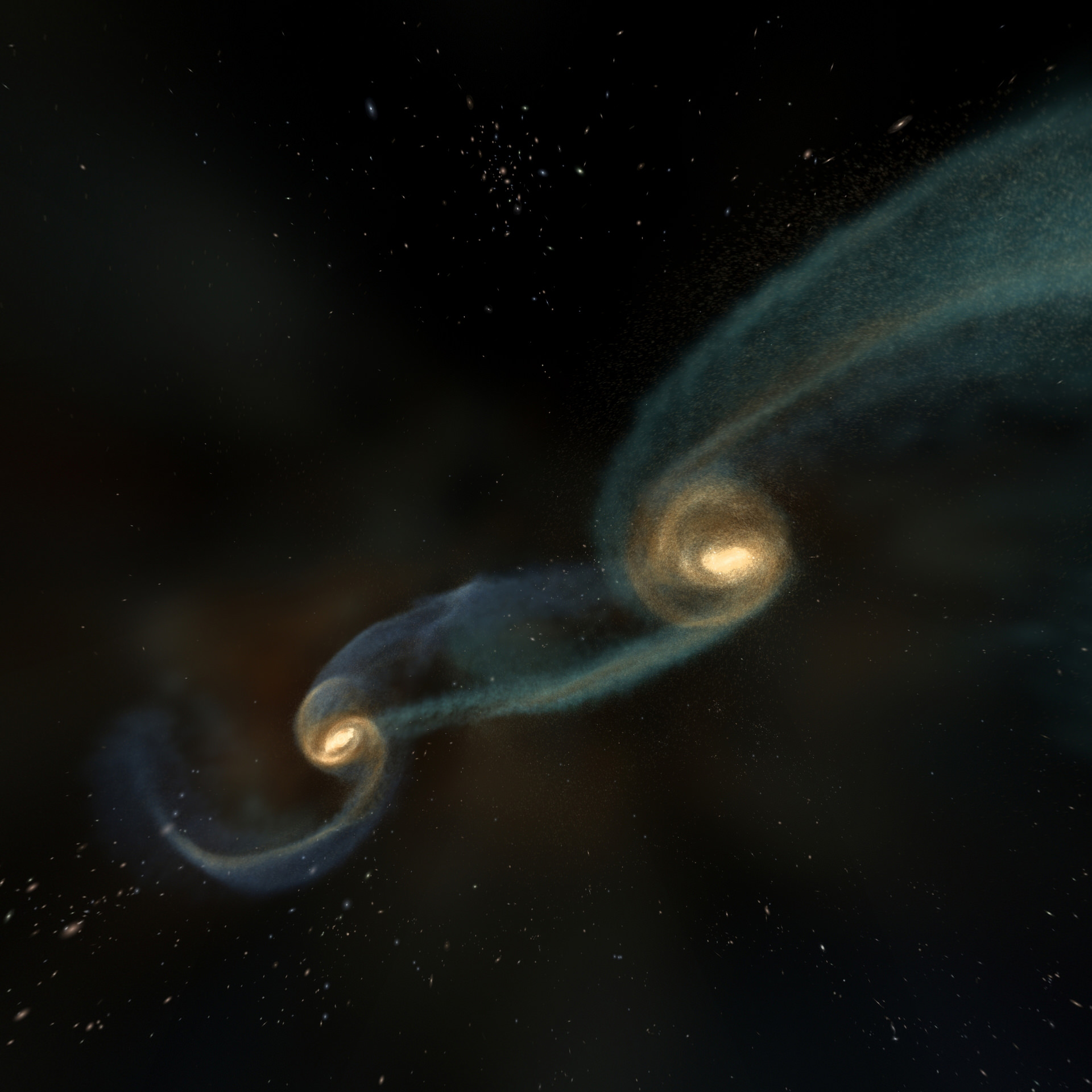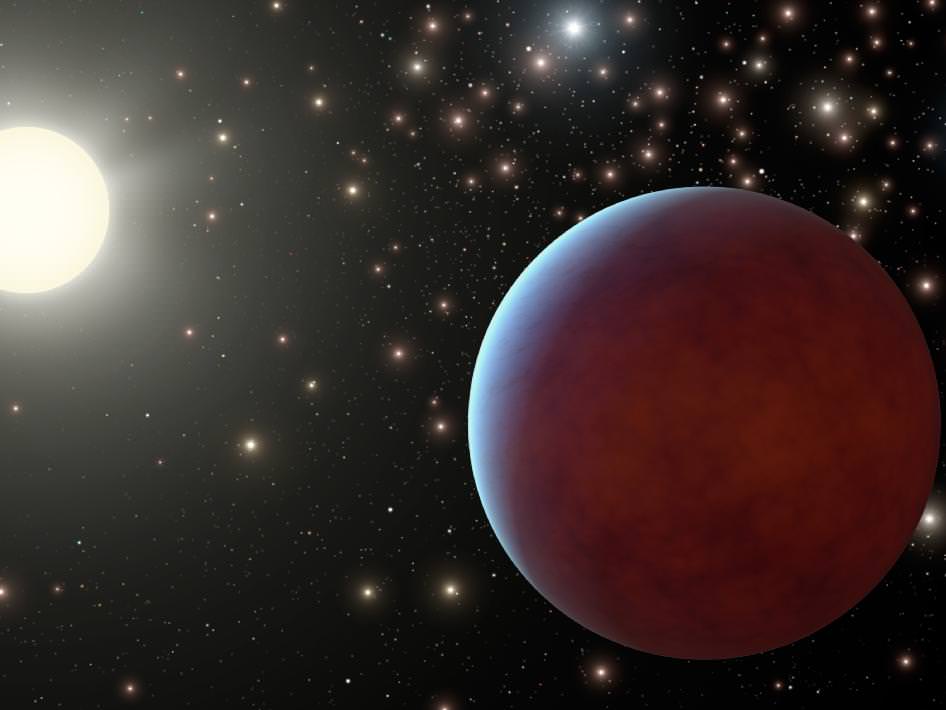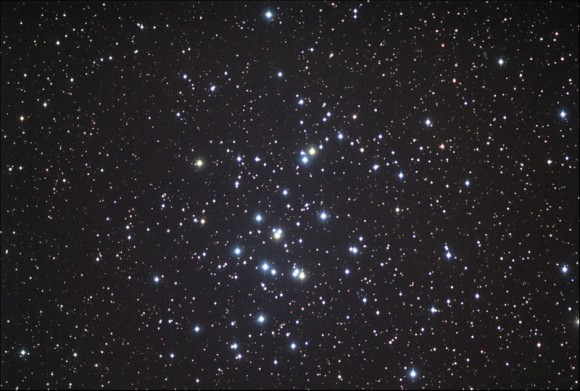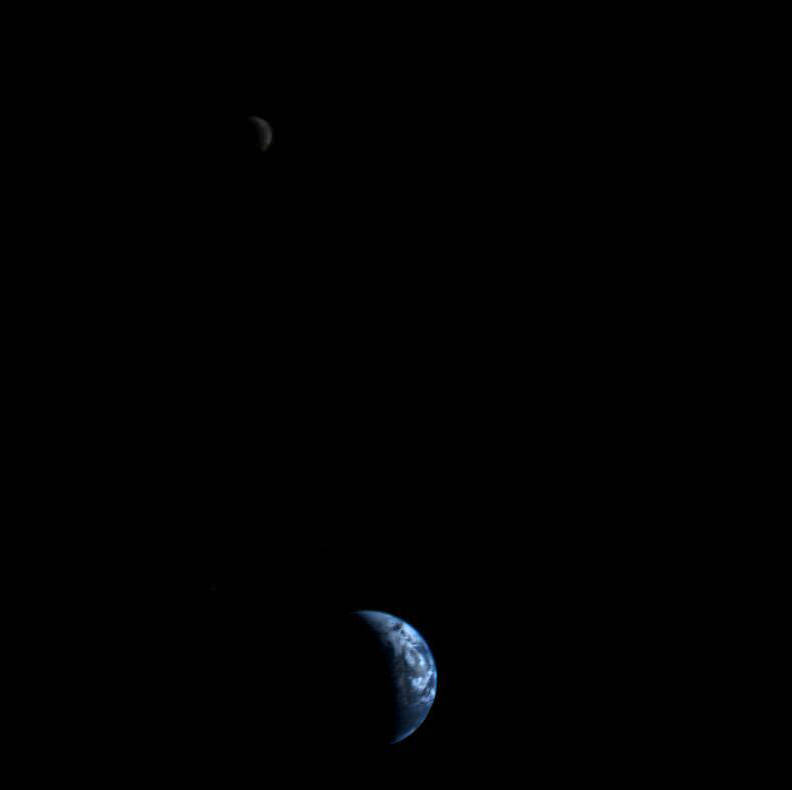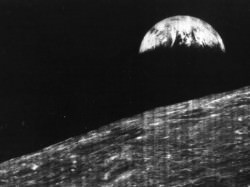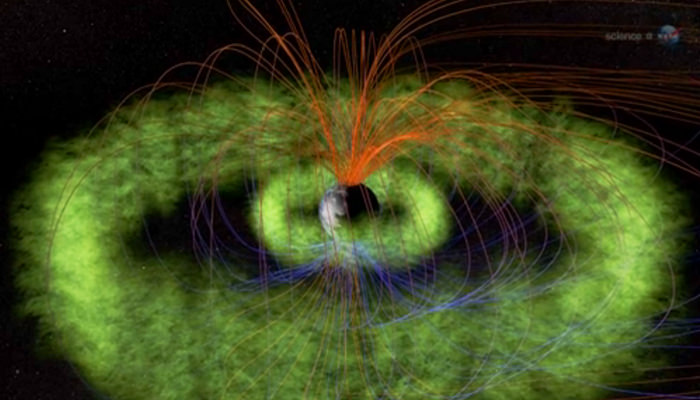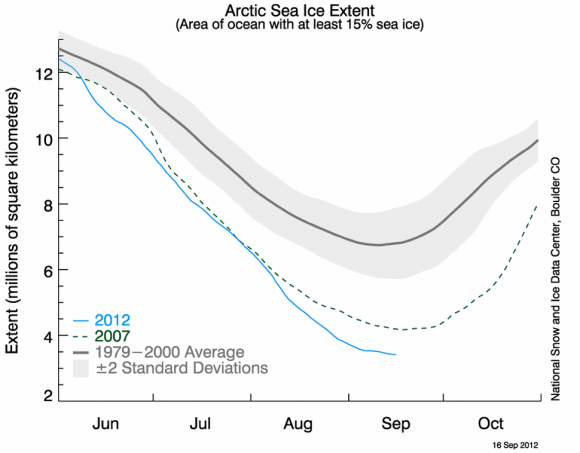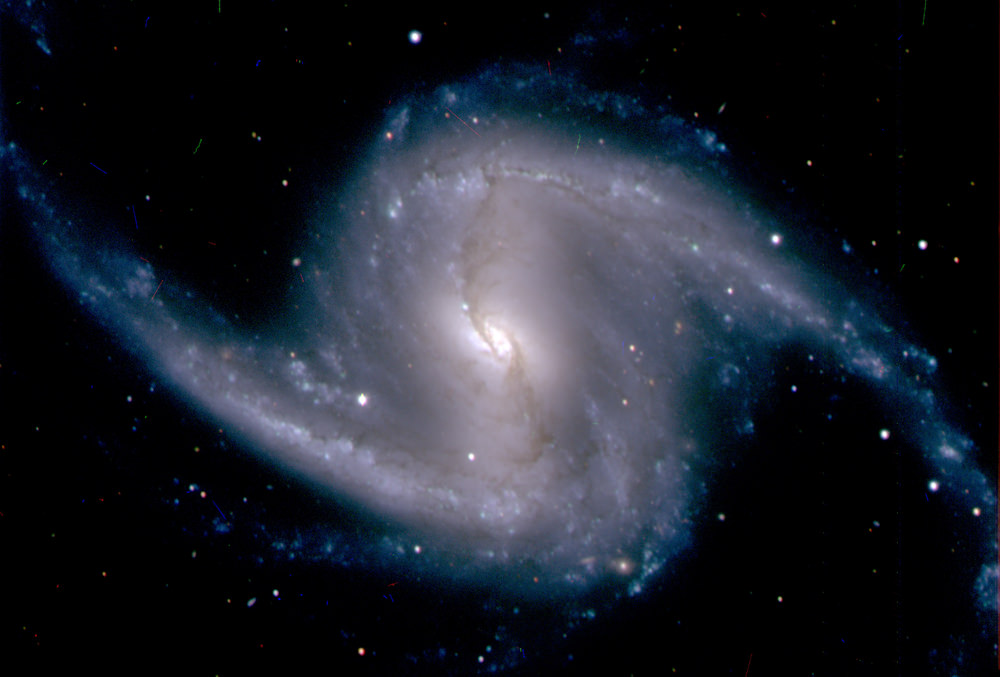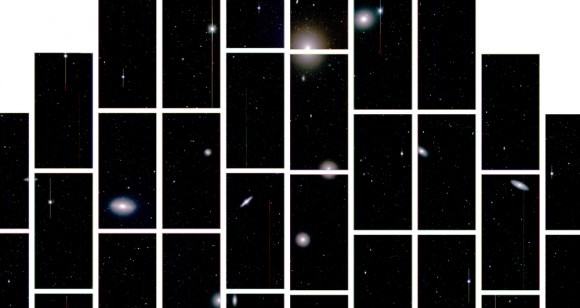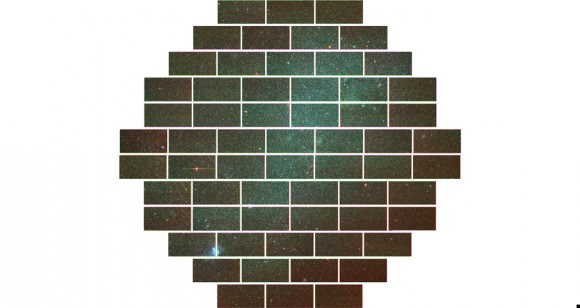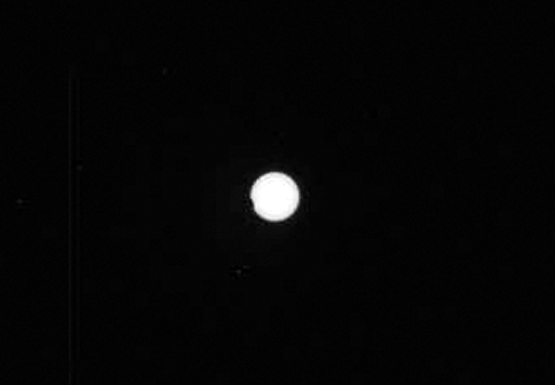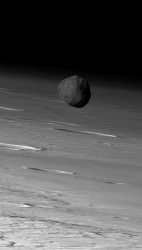Simulation of colliding black holes
Nothing matches the destructive power of a black hole; a singularity of dense matter with a gravitational pull so strong that nothing, not even light can escape. What goes in, doesn’t come back out. And so you can imagine how difficult it would be to probe the region inside a black hole’s event horizon. And yet, there’s a catastrophic event that should give scientists a momentary glance into the maelstrom, to partly understand what’s going on “in there.” That event would be the collision between two black holes.
As you probably know, there’s a supermassive black hole lurking at the heart of every galaxy. As these galaxies merge, these black holes encounter one another too. Sometimes a black hole is violently kicked into deep space, and other times they merge together into an even more super-supermassive black hole. The collision happens out of sight, beneath the shared event horizon. So, there’s no way to see what’s going on … and live to tell about it.
By looking at the gravity, however, astronomers might be able to peer right into the collision zone. One of the predictions made by Albert Einstein, as part of his famous General Theory of Relativity, is that dramatic gravitational events in the Universe, like the formation or collision of black holes should be detectable by the gravitational waves they generate. As these waves wash over us, the ripples in spacetime should be detectable by extremely sensitive instruments or spacecraft flying in formation.
A team of researchers from Cardiff University, Ioannis Kamaretsos, Mark Hannam and B. Sathyaprakash, have used a powerful supercomputer to simulate what kinds of gravitational waves might be generated by merging black holes. Two black holes orbiting one another should be emitting gravitational waves and gradually losing energy. This causes them to spiral inward, collide, and create a black hole which is highly deformed.
According to their simulation, the gravitational waves from this deformed black hole will give off a distinctive “tone”, like a ringing bell. In fact, by measuring only this tone, astronomers will be able to deduce both the mass of the black hole and the speed of its spin. Furthermore, the distortion of the gravitational waves should allow researchers to “see” what’s going on within the black hole’s event horizon; to understand what happened to the merging monsters after they disappeared beneath the shared event horizon.
“By comparing the strengths of the different tones, it is possible not only to learn about the final black hole, but also the properties of the original two black holes that took part in the collision,” Ioannis Kamaretsos said in a news release.
Of course, it’s important to note that gravitational waves themselves are still purely theoretical. Even though there are multiple ground-based detectors already built, and even more sensitive space-based detectors on the way, there hasn’t been a direct detection of a gravitational wave yet, only indirect detections. However, I wouldn’t bet against Einstein. He’s had a pretty good track record.
Original Source: Cardiff News Release

